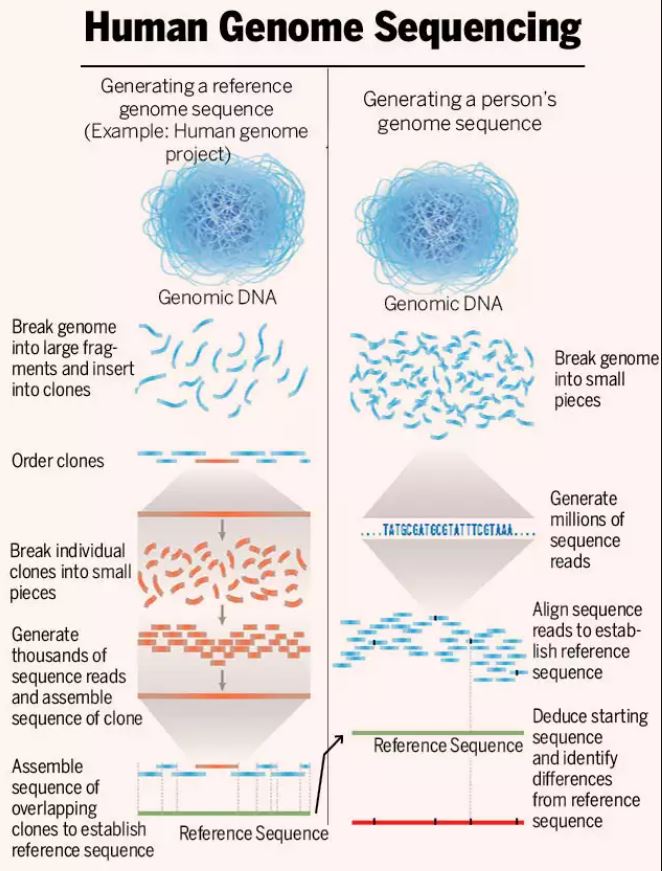
SCEINCE: CELL-FREE DNA PROMISES TO TRANSFORM HOW WE FIND DISEASES IN ADVANCE
Current Affairs for 01st August, 2023
SCEINCE: CELL-FREE DNA PROMISES TO TRANSFORM HOW WE FIND DISEASES IN ADVANCE
In the human body, most of the DNA in a genome is neatly packed inside cells with the help of specific proteins. However, in a variety of scenarios, some fragments get released and are present outside the cell, in body fluids.
Cell free DNA can be generated and released from a cell in a number of possible situations, including when a cell is dying and the nucleic acids become degraded. Since an array of processes modulates the degradation, the making, size and source of the cfDNA can vary across a range as well.
Researchers around the world are increasingly finding cfDNA to be useful tool to understand human diseases and use the knowledge to improve diagnosis, monitoring and prognosis.
By far, one of the most widely used applications of cfDNA has been in screening foetuses for specific chromosomal abnormalities, an application known as non-invasive prenatal testing.
Clinicians can now screen mothers after 9 or 10 weeks of pregnancy, with 99% accuracy for Down's syndrome, for instance.
Using a machine-learning model, genomic data and data from a CT scan, researchers could successfully detect lung cancer- including those with early stage disease.
An emerging application includes understanding why a body is rejecting a transplanted organ. Changes in the levels of cfDNA in the blood would precede any biochemical or molecular markers currently in use.
